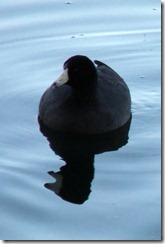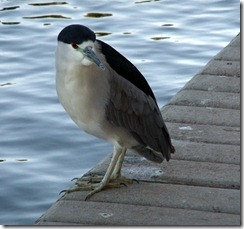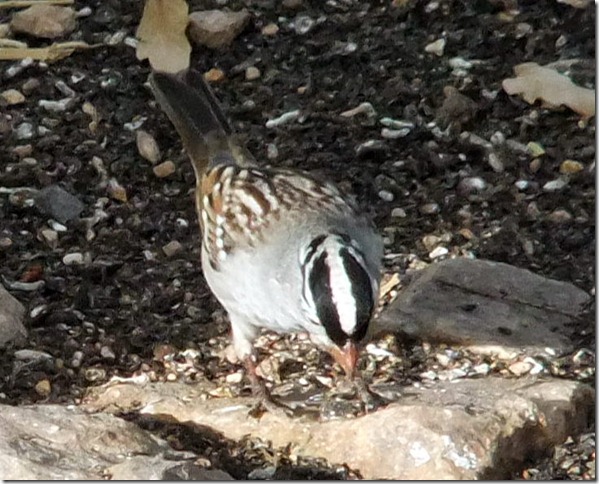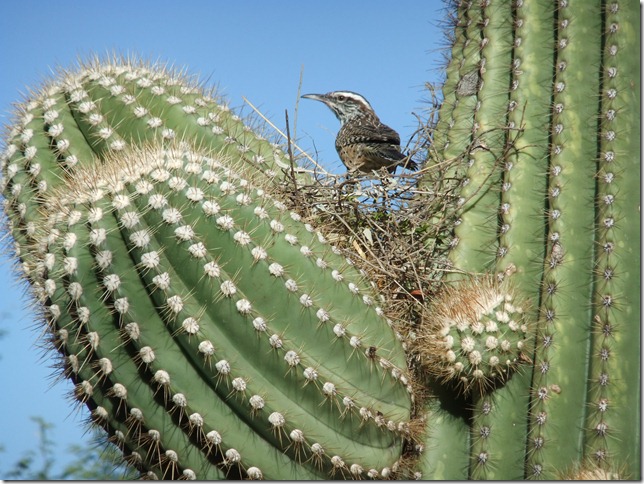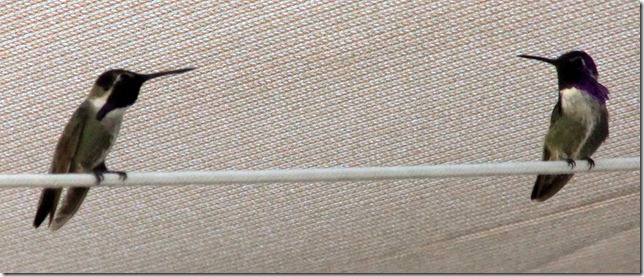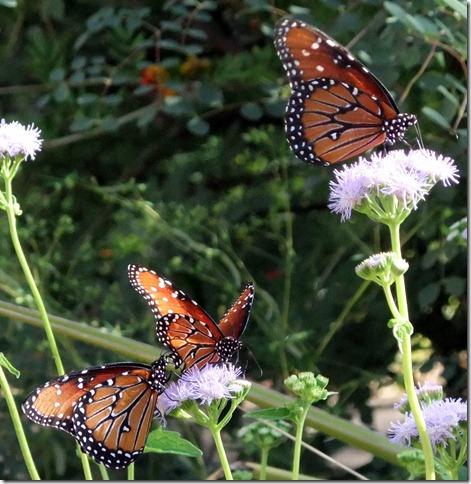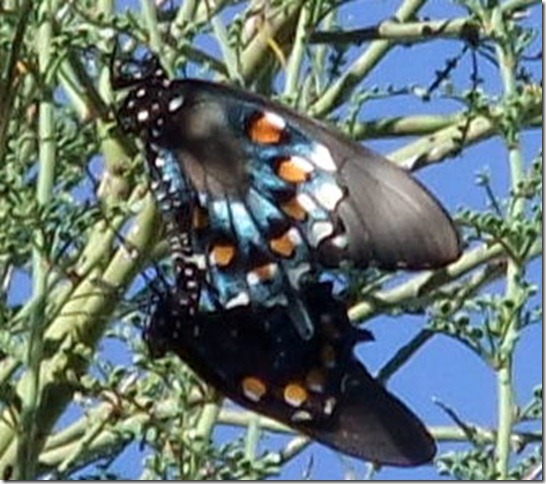Yes, I live in a desert, and no, we don’t have a coastline here in southern AZ. But we are fairly close to the Gulf of California, and we get a lot of shore birds passing through and/or spending the winter right here in Tucson and in other parts of southern Arizona.
If you like ducks (and who doesn’t?) there are a number of places in the Tucson area where you can see them.
Sweetwater Wetlands, a sewage treatment plant fairly near my home, does not smell sweet but harbors water birds all year round, and particularly in the cool/cold months. Water birds also frequent Aqua Caliente Park, a beautiful nature preserve in the far eastern part of Tucson, that is fed by natural warm springs. The city of Tucson itself is graced with a number of large city parks with ponds and artificial waterfalls and fountains.
I visited one of these parks, Reid Park, twice in the last ten days. Reid Park, which also has a zoo and a golf course, is in the center of town. Its two large ponds not only attract ducks, they also draw migrating and overwintering waterfowl of many different sorts. Last week, for example, I saw a cormorant, a great blue heron, and a seagull! The park itself is grassy and dominated by large evergreen, palm, and eucalyptus trees, which many of the waterfowl seem happy to perch in.
Here are some of the beautiful birds I saw on my recent visits:
These photos are of a Great Egret that was visiting the pond. I watched it swallow a fairly large fish, which you could follow down that long, slender neck. It’s a gorgeous bird that seems to like to roost in a eucalyptus tree.
These are two of my favorite ducks, the ring-necked duck on the left, which I like because it is beautiful and because it has a prominent ring on its bill (a much fainter one on its neck); and the coot, which is beautiful shiny black and has blue feet with weird-looking toes, padded for walking on marshy ground. The first time I saw a coot’s feet, I thought they looked like blue crayfish.
Finally, I saw a large, gorgeous bird I had never seen before, a black-crowned night heron, which posed both in a tree and beside the pond:




